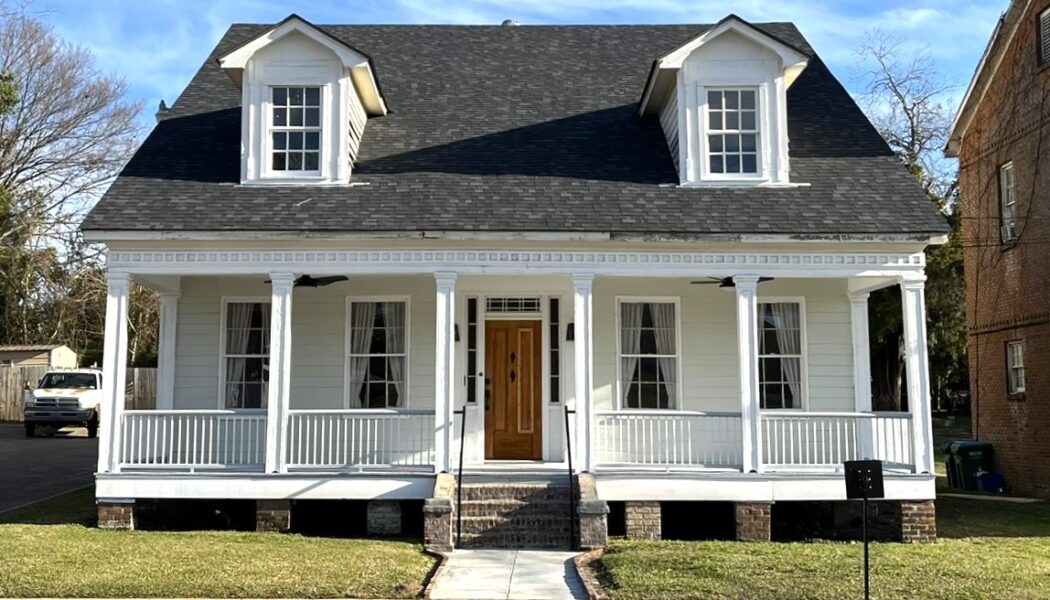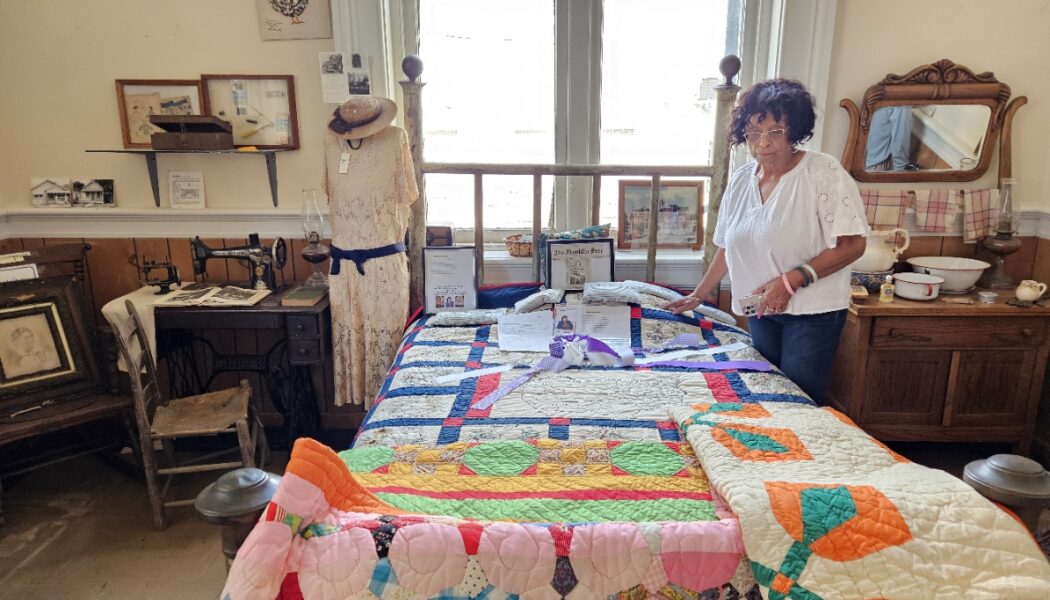Large Category
How Natchez Bridges History and Modern Culture
I grew up in Natchez, Mississippi, and I can tell you firsthand that this city has a way of living in two worlds at once. On one hand, you can walk down streets lined with antebellum mansions, Spanish moss spilling from centuries-old oaks, and brick sidewalks that have been worn smooth by generations of feet. On the other hand, you’ll hear the beat of blues drifting out of a juke joint, taste hot tamales or barbecue from a food truck, or see young artists painting murals that bring new life to old walls. Natchez doesn’t live in the past—it carries it, honors it, and blends it with something fresh. That’s what makes it so special. A Childhood in the Shadow of History When you grow up here, history isn’t something you read in a textbook. It’s woven into your daily life. My earliest memories ...
The Community Spirit of Natchez, MS
This paragraph serves as an introduction to your blog post. Begin by discussing the primary theme or topic that you plan to cover, ensuring it captures the reader’s interest from the very first sentence. Share a brief overview that highlights why this topic is important and how it can provide value. Use this space to set the tone for the rest of the article, preparing readers for the journey ahead. Keep your language approachable, yet informative, to create a strong connection. Sometimes, the simplest moments hold the deepest wisdom. Let your thoughts settle, and clarity will find you. Use this quote space to share something inspirational or reflective, perfectly aligned with the theme of your article. This paragraph dives deeper into the topic introduced earlier, expanding on the main ide...
Exploring Natchez: Prince Abdul Rahman Ibrahima Sori,
From African Royalty to Mississippi Slave and Back in the annals of American history, few stories are as compelling and poignant as that of Prince Abdul Rahman Ibrahima Sori, a man whose life bridged continents, cultures, and the stark divide between freedom and bondage. Born in 1762 in Timbuktu, in what is now Mali, Ibrahima was a Torodbe Fulani Muslim prince from the Futa Jallon region of modern-day Guinea. His journey from African royalty to enslaved laborer on a Mississippi plantation, and ultimately to partial liberation, is a testament to resilience, faith, and the indomitable human spirit. This blog explores the extraordinary life of Prince Ibrahima, whose story, as chronicled in Terry Alford’s seminal work Prince Among Slaves (1977), continues to resonate as a powerful narrative of...
The Art of Quilt-Making Among African Americans
Quilting among African Americans is a vibrant, living tradition. While many people are aware of quilts as decorative or utilitarian objects—bed covers, warm wraps, or heirlooms—the deeper history involves displaced cultures, coded resistance, spiritual meaning, and aesthetic innovation. In exploring the art of quilt-making, we see how African Americans have woven together fragments of fabric, memory, survival into something beautiful and meaningful. Before the forced migration of Africans to the Americas, many societies in West and Central Africa already had rich textile arts. These include: These textile traditions were not merely aesthetic; they had meaning. Symbolism—religious or spiritual, social or familial—was often encoded in motifs, colors, and styles. When people were brought to A...
5 Pieces Everyone Will Want From 2016
Interactively disseminate extensive ROI via scalable vortals. Completely streamline team building imperatives before reliable technology. Appropriately generate next-generation alignments through real-time initiatives. Distinctively innovate e-business growth strategies through parallel platforms.Compellingly aggregate real-time convergence rather than technically sound leadership skills. Rapidiously mesh backend networks and focused e-tailers. Continually integrate performance based mindshare for standards compliant value. Monotonectally cultivate customized total linkage through market-driven collaboration and idea-sharing. Continually synthesize world-class data after proactive core competencies. Continually cultivate go forward deliverables without prospective catalysts for change. Pho...












